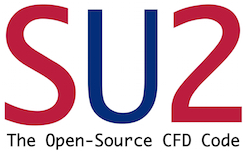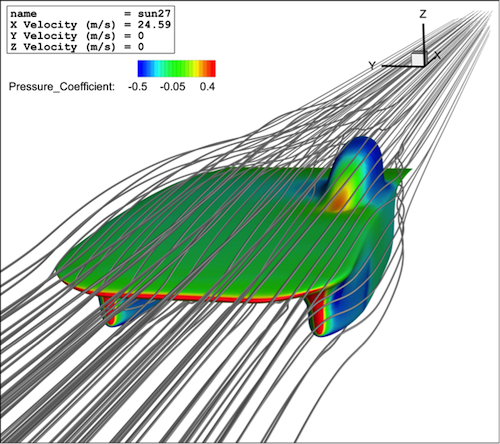
The Stanford Solar Car Project's Race for Aerodynamic Efficiency
You are invited to a free webinar on Tue, Apr 5, 2016 8:00 AM - 9:00 AM PDT. Chasing the Sun 3000 km across the Australian Outback is a challenge. And doing it in a solar powered vehicle is an even bigger challenge. But every two years teams from around the world converge on Darwin, Australia to make the journey to Adelaide in the solar powered cars they have engineered specifically for the Bridgestone World Solar Challenge. The Stanford Solar Car Project, a student-run organization, has been designing and building solar cars since 1989 and arrives in Darwin every two years with a stunning new vehicle. The latest vehicle in their lineup, Arctan, took 6th place out of 29 teams in the 2015 competition with a time just over 41 hours. With the aerodynamics of the vehicle playing a critical role in its performance, the Stanford Solar Car Project team developed a repeatable simulation driven design framework consisting of Pointwise for rapid hybrid grid generation, SU2 to run the computational fluid dynamics simulations, and Tecplot 360 EX to post-process and interpret the results. In this webinar we explore the framework that enabled the team to analyze over 40 design iterations in detail and make informed engineering decisions. These decisions improved the aerodynamic efficiency of the final design, ultimately culminating in Arctan. Topics covered in this webinar:
Register for this free webinar and receive a link to the recording after the event.
Don't for-git.We're always interested in new contributions from the open-source community through GitHub. If you are a developer working on a forked version of SU2, please consider adding your code to the main repository by creating a pull request on GitHub (to the develop branch). Don't forget to join our developer's email list to keep up with the latest! Coming soon: be on the lookout for SU2 v4.1.1!
|